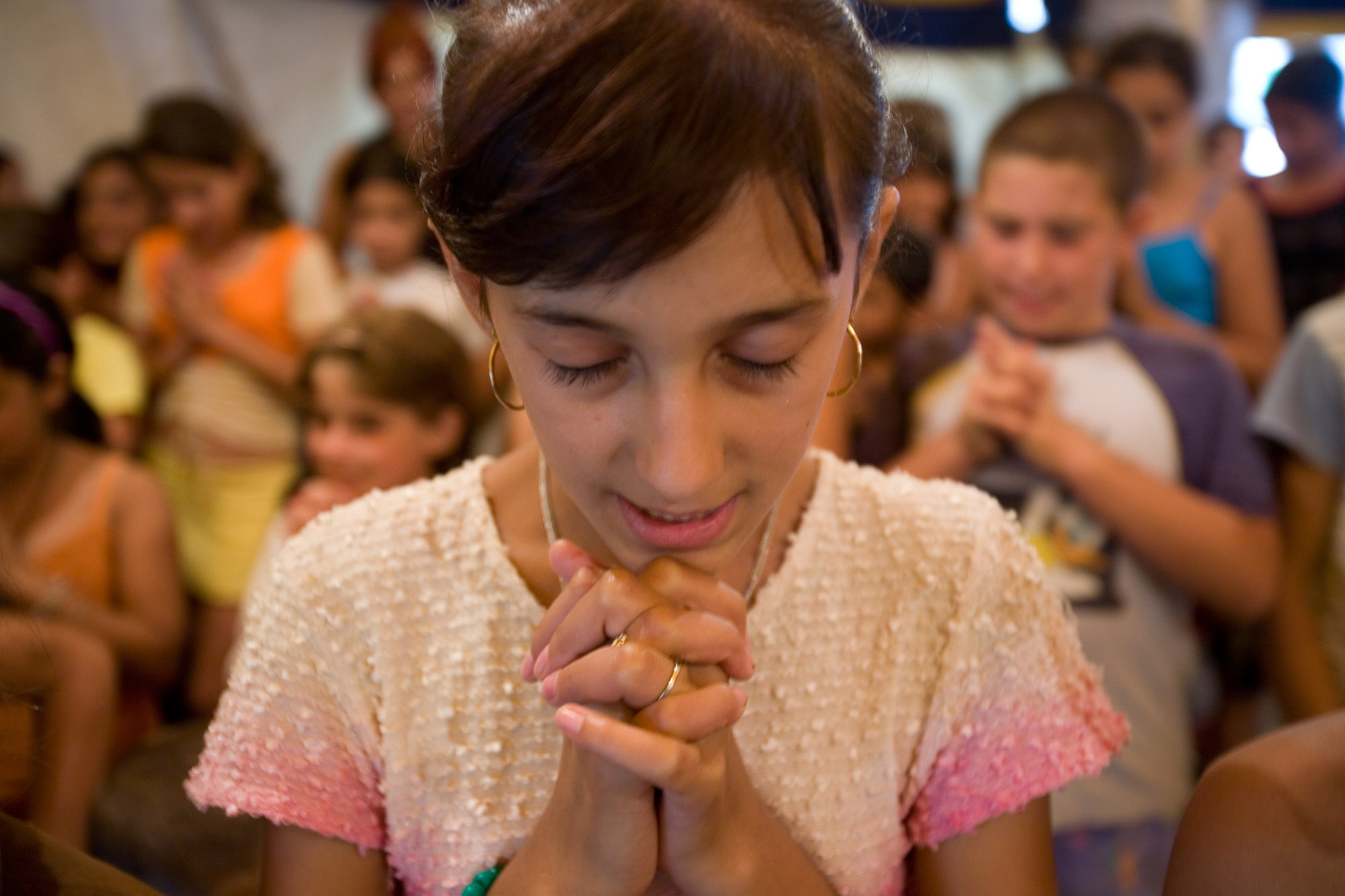
EDITOR’S NOTE: The following articles begin a series describing efforts to reach the Roma Gypsy people scattered throughout Europe, Northern Africa, the Middle East and South America. The series will continue in BP on Tuesday and Wednesday. The Roma have strong family and cultural bonds that set them apart, yet they also tend to adopt the cultural practices of where they live. The push and pull of this identity crisis tends to leave them ostracized and poverty stricken. Southern Baptist workers and overseas Baptist partners are reaching out to the Roma by providing literacy and job education, but most of all by teaching the displaced people group of Christ’s love for them.
BUZAU, Romania (BP)–Forfeiting a starting position on a professional soccer team didn’t make sense to the parents of Mihail Stoica, a talented young Roma Gypsy believer from the mountains near Buzau, Romania.
For the Roma — an ostracized, poverty-stricken people group dispersed throughout the world — Stoica’s chance to rise above his status was a rare opportunity too good to pass up. Yet, the influence of the professional sports lifestyle came at too great a cost to stay in the game.
“I was playing soccer, my personal idol,” Stoica said. “I didn’t think it was a sin to play soccer, but then I realized the price that came with that. So I left playing soccer and just followed Jesus Christ.”
In the summer of 2006, Stoica obeyed God by joining eight other young believers from across Romania to travel to a foreign city to tell others about Jesus Christ. These growing disciples are the result of the International Mission Board’s most developed work with the Roma.
The result of Roma reaching Roma is a key hope for other Gypsy work that spans throughout Europe, Northern Africa and the Middle East and, more recently, into South America.
The Roma people made their way to Europe in the 14th century after being evicted from their native India. As early as the 1500s, many were removed from parts of Europe and relocated to South America. Others traveled into parts of Northern Africa and the Middle East by force or by choice.
Through these staggered diasporas, the Roma have put down roots among people who despise them not only for their dark skin, but also for their poverty, illiteracy and poor living conditions.
Wherever their travels take them, Gypsies tend to adopt the local language and beliefs while still maintaining their own. The Romani language, strong family relationships and lifestyle characteristics unite the 10 million-plus Roma worldwide.
Best known for their wagons, fortune telling, colorful clothing and parties, the Roma are a proud, passionate people who fight against the loss of their culture and family circles.
IMB workers and national partners reach out through literacy education, teaching job skills and using Bible storying to evangelize and disciple new Roma believers.
Today, although this scattered people group may vary in dialect or location, IMB workers are able to minister along family and cultural lines to bring the Roma to Christ and train them to reach their own people – to have their own leaders and missionaries.
“When the Roma begin to do their own evangelism, they begin to cross barriers so quickly,” said Jim Whitley, an IMB worker who recently transferred from Romania to work among the Gypsies in South America. “A real indigenous church-planting movement. … [T]hat’s the ultimate goal.”
–30–
Dea Davidson is a writer for the International Mission Board.

















